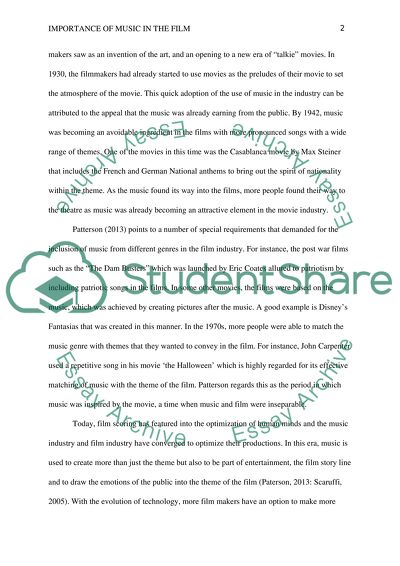Cite this document
(“Importance of music in the film Research Paper Example | Topics and Well Written Essays - 2250 words”, n.d.)
Retrieved from https://studentshare.org/music/1494334-importance-of-music-in-the-film
Retrieved from https://studentshare.org/music/1494334-importance-of-music-in-the-film
(Importance of Music in the Film Research Paper Example | Topics and Well Written Essays - 2250 Words)
https://studentshare.org/music/1494334-importance-of-music-in-the-film.
https://studentshare.org/music/1494334-importance-of-music-in-the-film.
“Importance of Music in the Film Research Paper Example | Topics and Well Written Essays - 2250 Words”, n.d. https://studentshare.org/music/1494334-importance-of-music-in-the-film.


